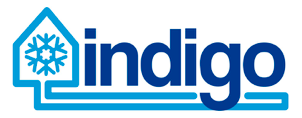The European market for space cooling can be characterized as a still under-developed field. The saturation of cooling demand is significantly lower than other countries where the tradition of using air conditioning is older. New building designs, higher internal heat loads, urban heat island effects and comfort issues are the main reasons for the increase in cooling demand which specially take place in buildings in the service sector. If small scale and distributed conventional electric chillers are used to satisfy this demand, a significant rise in peak electricity demand and, consequently, a peak in greenhouse gas emissions and primary energy consumption will occur. This is the reason why the Energy Efficiency Directive (EED) has recognised District Cooling systems as one of the important pillars for achieving the energy efficiency target of reducing primary energy consumption by 20%. In the same way, the SETIS report identifies the District Cooling technology as “Best Available Technology” for the cooling market in EU. The main objective of INDIGO is the development of a more efficient, intelligent and economical competitive generation of DC systems by improving system planning, control and management.
Status & Coming up Next
In September 2020 INDIGO has ended.
Don’t miss our results page, where you’ll find our communication materials (including our last newsletter), our publications and our public results, like the DC Open Source Library and the DC Planning Tool.
Don’t forget to follow us in Twitter and LinkedIn to keep updated: @INDIGOprojectEU




